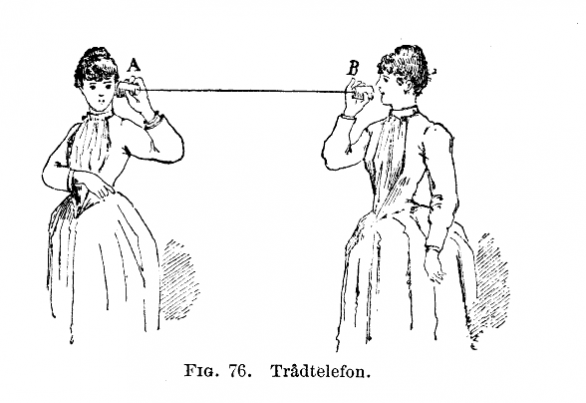Communication is the basis for all good relationships between designers and clients, and is especially important when it comes time for designers to justify their design.
Unfortunately, this is an area that’s also often fraught with problems.
Why?
It's simple. Clients are an expert in their field – not yours (of course, exceptions apply).
This one simple fact is so easy to forget because, as humans, we tend to assume that everyone knows what we already know, and we have to consciously work to downplay that.
But for most of us because we’re usually engaging clients on our mental turf and not on theirs, we forget that they don’t actually work in our industry. That’s the fundamental challenge with client/designer relationships – each of you has a different area of expertise, so it’s harder to communicate effectively.
Here are three simple tips to help you.
1. Speak a common language

To better communicate with your client, it’s essential that you’re speaking the same language.
Every type of design has its own jargon, and web design is no exception. But this goes beyond acronyms and technical terminology like “HTML5” and “PHP”. It’s phrases that many won’t even think of as technical, like talking about the dev team, or coding a site, or the build. These terms –while intuitive to people in the industry – are perhaps not so intuitive outside of it.
To communicate effectively, cut the jargon. Learn to explain things as simply as possible, so that everyone can understand.
Speak the client’s language
Now that we’re back on common linguistic ground, the next step in effective client communication is to think about ways that you can speak with your client in the language most familiar to them.
Find out how things are done in their industry, and try and mimic that as much as you can.
For example, some industries are all about face-to-face meetings. If that’s the format your client is most used to, then that’s the format you should use.
Another example is timeframes. Some industries, for example tech startups, are extremely agile, and are only too happy to move quickly in favour of an idea if it has promise. For a designer, this can be liberating, as it gives you room to manoeuvre and explore new ideas. Other industries, like finance, work in much longer timeframes, with less flexibility.
You should match your design timeline to your client (within reason), so that their expectations align with yours.
2. Use examples (and lots of them!)
Explaining a design, especially at an early stage, is no easy feat. Even with all the wireframes and user journey maps in the world, it can still be a challenge to convey your vision to your client so they have a good understanding of what they’re buying.
Of course, once it’s explained, you still need to get them to buy into the idea.
One really effective tool for meeting this challenge is to back up your ideas with examples.
Mockups are increasingly feasible – not spec work of course, but a quick protoytype to demonstrate your idea before you build it.
Competitor sites are also good, as they let you provide some commercial support to your plan.
For example, if you were pitching a client on a responsive design, and a competitor had a responsive site, then pulling up that site and taking a quick tour not only showcases what responsive design is, but also easily conveys why it’s important to the client.
3. Understanding the client
Communication is only half the battle. To really connect with your client, you have to understand where they’re coming from, and what they want. This can be a struggle for designers who want to showcase their skills, expand their repertoire, and to try new and cool ideas.
However, while clients rely on a designer’s creativity to help them solve their problems, it’s imperative that the designer really understand those problems.

A blank canvas?
One of the best ways to help you do this is to ask engaging, leading questions. Here’s a few ideas to get started:
- What problem are you hoping to solve with this design
- How are you going to measure the success or failure of this project?
- If you are developing content, what can I do to help make sure the team works together seamlessly together?
As a designer, you’re tasked with creating what the client wants in a way that satisfies their business goals. Knowing what they want, and understanding what goals they’re aiming for, will make your life a lot easier.
Summary
We believe that there can be great relationships between clients and designers – it just requires a little extra TLC. Fundamentally, it’s a relationship like any other, and good communication between both parties is essential.
Not only do you need a common language that everyone understands, but you need a ‘this is how we do it here’ business standard.
And, you need understanding – understanding of the client’s business, their problem, your solution, and how you’re going to measure if it's a success.
The key to a great client/designer relationship is to work to understand your clients, communicate effectively and solve problems. Enjoy the relationship.
